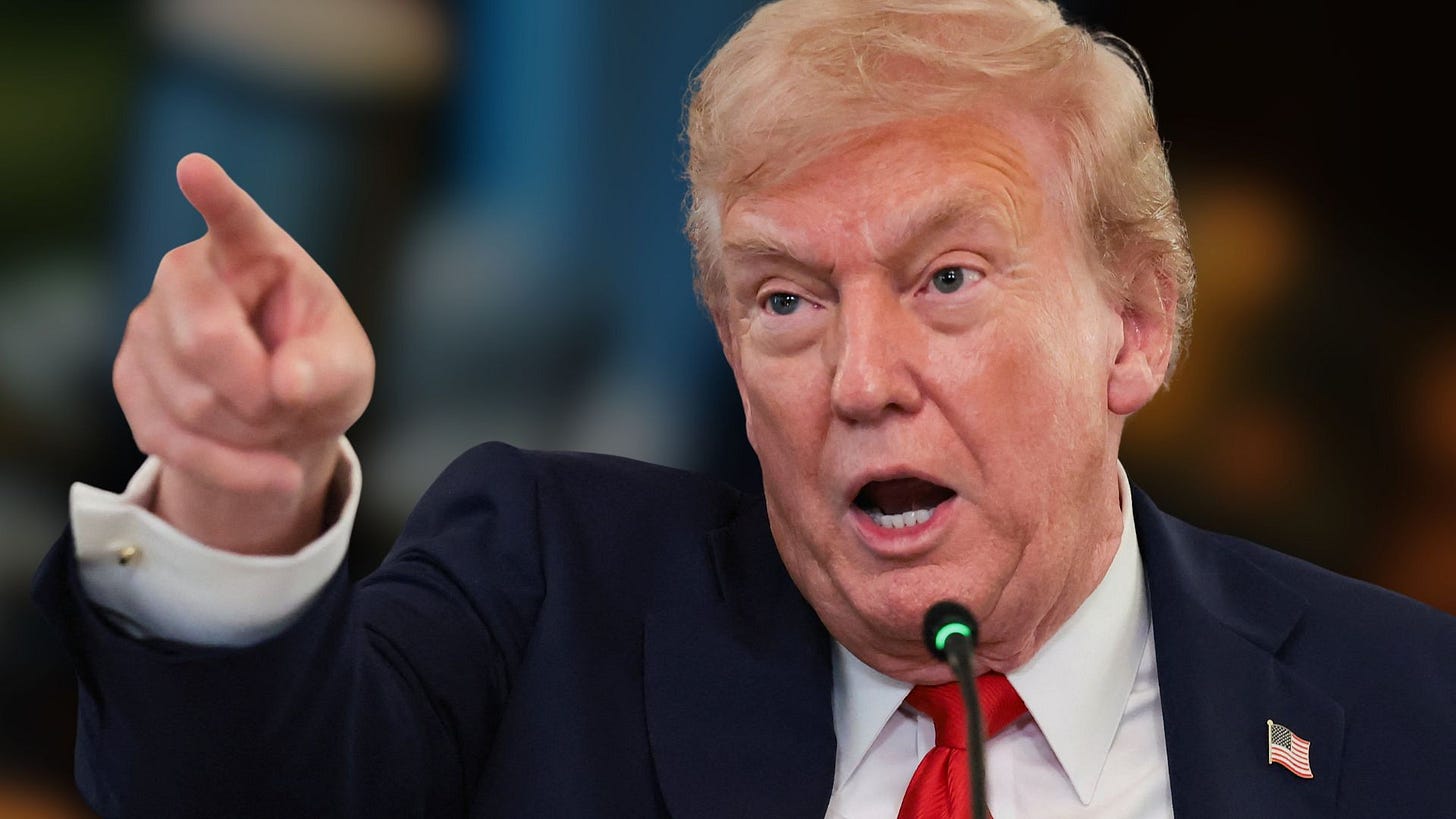When Alfred Nobel envisioned the Peace Prize, he sought to reward those who had “done the most or the best work for fraternity between nations.” Over the decades, the prize has been bestowed upon leaders for aspirations as much as for achievements. Yet if peace is to be measured by tangible results—agreements signed, wars halted, and hostilities reduced—then Donald J. Trump’s record demands serious consideration.
While he remains a polarizing figure at home, Trump’s presidency and post-presidency have been marked by an ambitious and unconventional brand of diplomacy that has brought adversaries to the negotiating table and, in some cases, to peace deals that once seemed unimaginable.
A History of Aspirational Awards
The Nobel Committee has often awarded the prize in anticipation of peace rather than its consolidation.
• Barack Obama (2009) received it mere months into office, primarily for his hopeful vision of global diplomacy and nuclear disarmament—long before any concrete peace had been achieved.
• Woodrow Wilson (1919) was honored for founding the League of Nations, which the U.S. never joined and which later failed to prevent global conflict.
• Arafat, Peres, and Rabin (1994) were recognized for the Oslo Accords, a breakthrough that raised hope but failed to deliver lasting peace between Israelis and Palestinians.
If those awards celebrated possibility and rhetoric, then fairness demands acknowledgment of Trump’s results—agreements inked, guns silenced, and regional dialogues reopened.
Trump’s Tangible Peace Record
Far from symbolic gestures, Trump’s diplomatic initiatives produced signed agreements and ceasefires across multiple continents:
• The Abraham Accords (2020): A historic normalization of relations between Israel and the UAE, Bahrain, Morocco, and Sudan—bringing direct flights, trade, and diplomatic missions where enmity once reigned.
• Rwanda–DRC (June 27, 2025): Trump’s mediation led to the Washington Accord, which aimed to secure troop withdrawals, establish a joint security mechanism, and create a regional economic integration framework to help ease tensions in eastern DRC.
• India–Pakistan (May 10, 2025): Amid rising border hostilities, Trump’s team facilitated a ceasefire announcement that halted skirmishes between two nuclear-armed neighbors, preventing a dangerous escalation.
• Armenia–Azerbaijan (August 8, 2025): Hosted at the White House, Trump’s summit produced a U.S.-brokered peace agreement ending years of conflict, recognizing territorial integrity, and launching a roadmap for normalization.
• North Korea Engagement (2018–2020): Through unprecedented meetings with Kim Jong-un, Trump opened dialogue and de-escalated nuclear tensions that had reached crisis levels.
• The Trump Gaza Peace and Reconstruction Plan (2025): Announced in September, this initiative proposes a demilitarized Gaza under joint Arab League and UN oversight, massive humanitarian aid, and phased reconstruction linked to the release of hostages and cessation of hostilities. If implemented, it could be the most practical and comprehensive roadmap for Gaza since the Oslo process.
It’s worth noting that President Trump remains one of the few American presidents who never launched a war while in office, and notably sought to bring an end to the three-year Russia-Ukraine conflict.



